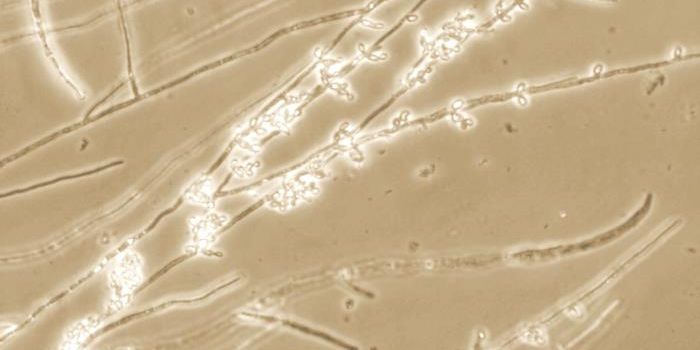All antihistamine drugs on the market today block only the H1 receptor, but there are three more histamine receptors that are involved in the allergic immune response that are present on the surface of several body cell types. New research shows that simultaneously blocking two different histamine receptors can inhibit gastrointestinal symptoms to the point where people with peanut allergies might be able to safely consume peanut products.
Recent studies have shown that exposure early in life to peanuts can help prevent the development of peanut allergies as people mature. However, for people who already have an allergy, the only existing, effective measure to prevent life-threatening symptoms is to avoid contact with the allergen. A new study from National Jewish Health might be the answer for people with both peanut allergies and peanut cravings.
The study, which was recently published in the journal Allergy, involved mice models of peanut allergy that were already sensitized to peanuts. The researchers first treated the mice with oral doses of H1 receptor blockers and H4 receptor blockers separately, done during the “challenge phase” as the mice encountered peanuts.
The response was essentially the same for mice receiving either individual dose of either H1 or H4 receptor blockers: “partial suppression, plus decreased numbers of dendritic cells in mesenteric lymph nodes and lamina propria.”
On the other hand, when researchers gave oral doses of a combination of H1 and H4 receptor blockers during the challenge phase, gastrointestinal symptoms like diarrhea, intestinal inflammation, and others were prevented almost entirely.
Histamine is a chemical released by immune cells like basophils and mast cells in times of allegy as well as in times of stress. Histamine can trigger a variety of responses associated with an allergy, such as inflammation, itchiness, and mucus production. These responses occur because of histamine’s effect on the body: dilating blood vessels, bronchoconstriction. In addition to playing a primary role in food allergies, histamine is also a key player in conditions like asthma and hay fever.
Throughout the study, researchers measured a variety of interactions to understand the full story of how blocking histamine receptors inhibits the allergic response: dendritic cell chemotaxis, calcium mobilization, and antigen-presenting cell function. The H1 receptor antagonist they used, loratadine, is a drug present in common allergy alleviator Claritin. The H4 receptor antagonist is an experimental drug, called JNJ7777120.
The also completed several in vitro experiments to visualize at the cellular level how the antihistamine drugs suppressed the allergic response. They saw the histamine receptor blockers work by inhibiting accumulation and function of dendritic cells, antigen-presenting cells of the immune system that normally present peanut proteins to T lymphocytes in people with peanut allergies.
As many as 15 million Americans are believed to have some sort of food allergies, and many are at risk for life-threatened anaphylaxis. This exciting new research shows much promise for treating the most severe allergies and improving the quality of life for millions of people with allergies.
Sources: National Jewish Health,
Allergy & Immunology Associates of Michigan,
Food Allergy & Research Education


















































